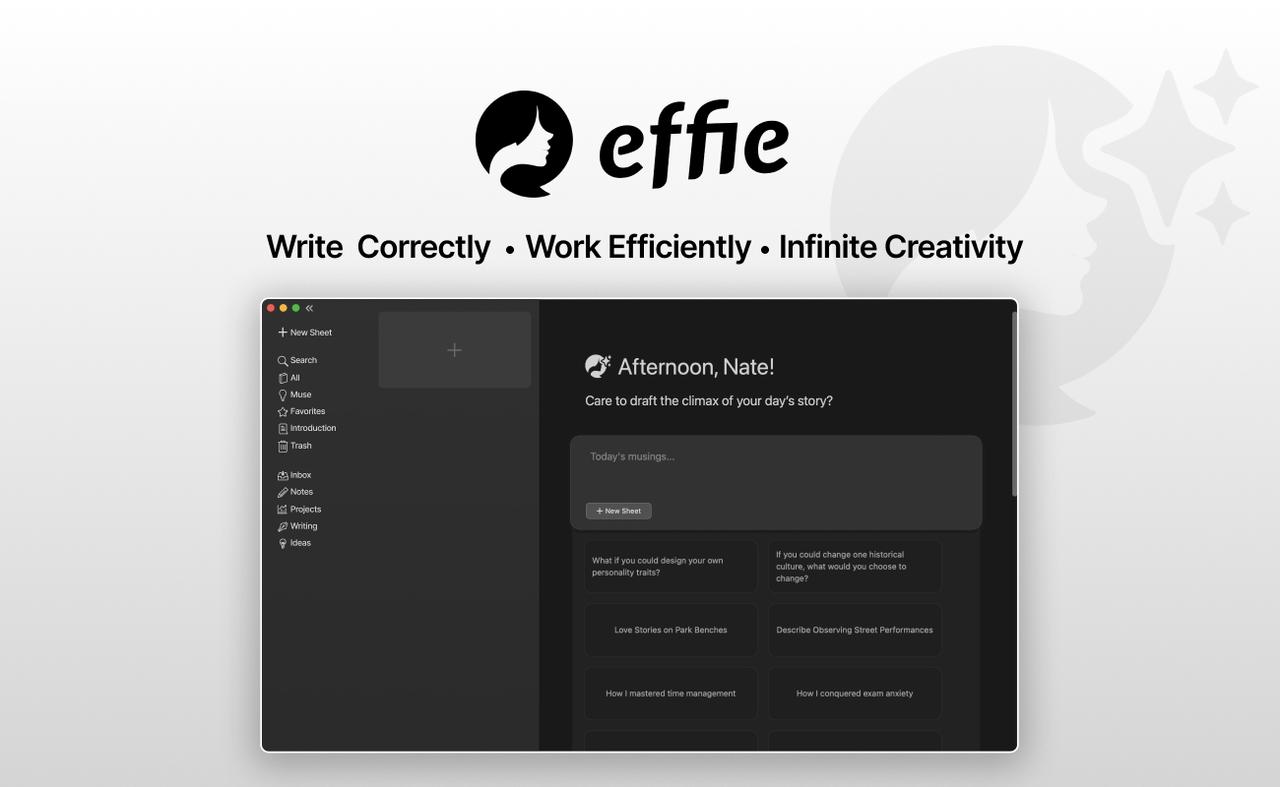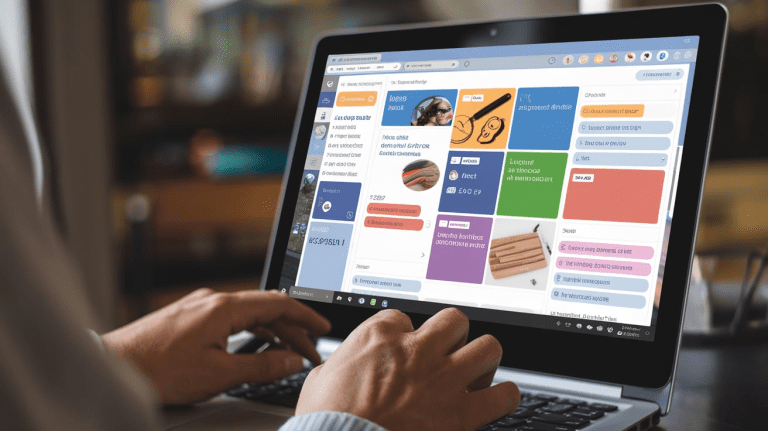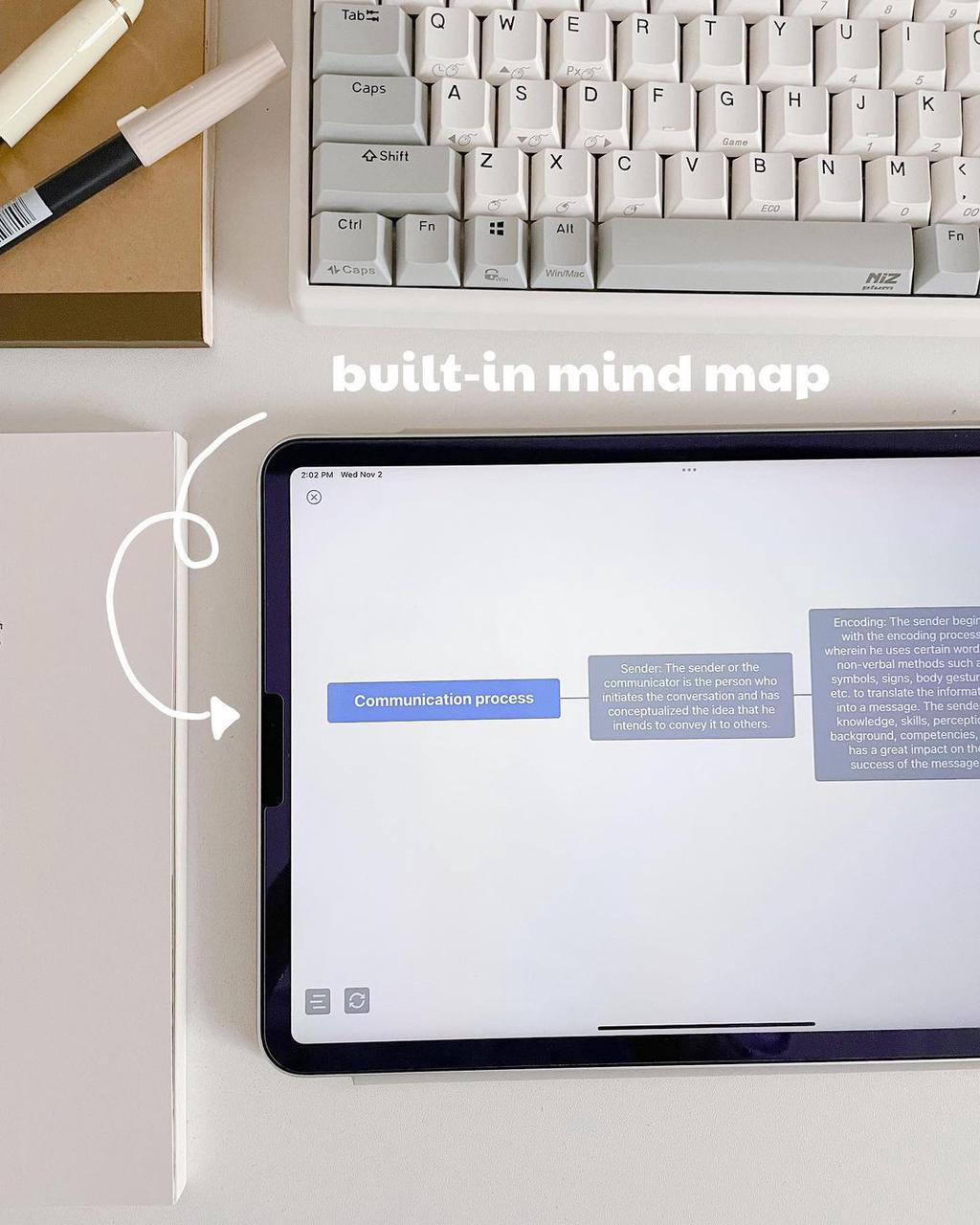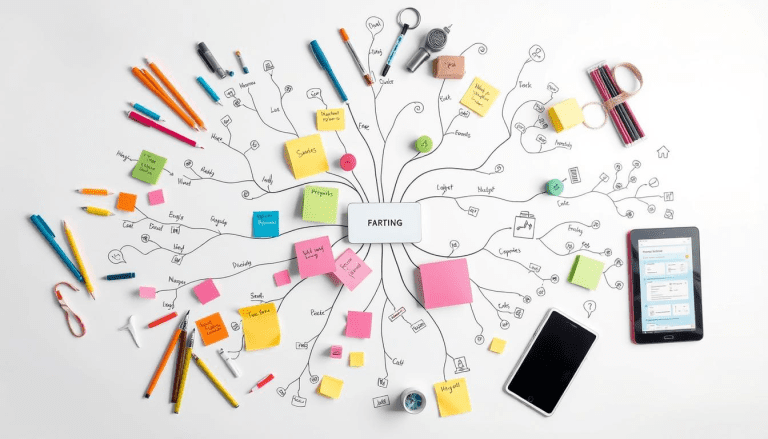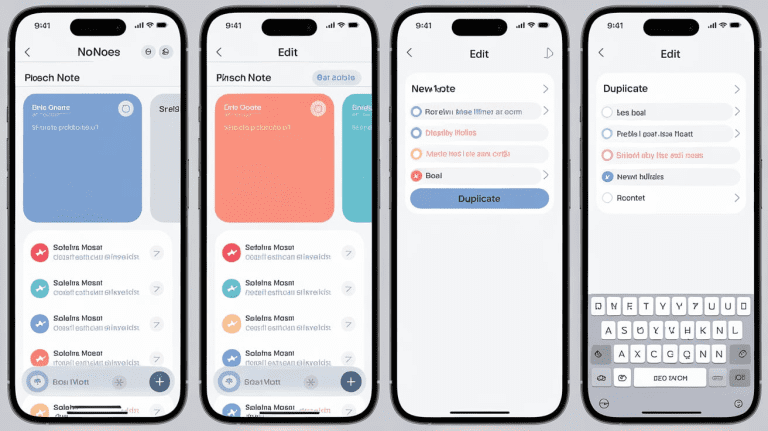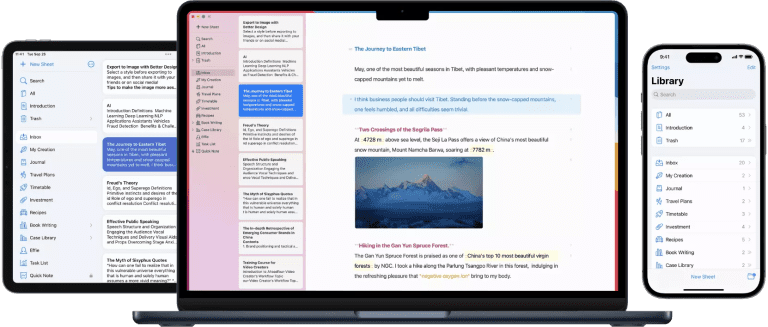Effective Note Taking and Organization Techniques
Note taking and organization is super important for students and workers. It can really help you do well in school or at your job. Whether you’re writing down the main points from a class or sorting info for a big report, knowing how to take notes well is a must. It helps you get more done and makes it easier to understand tough stuff.
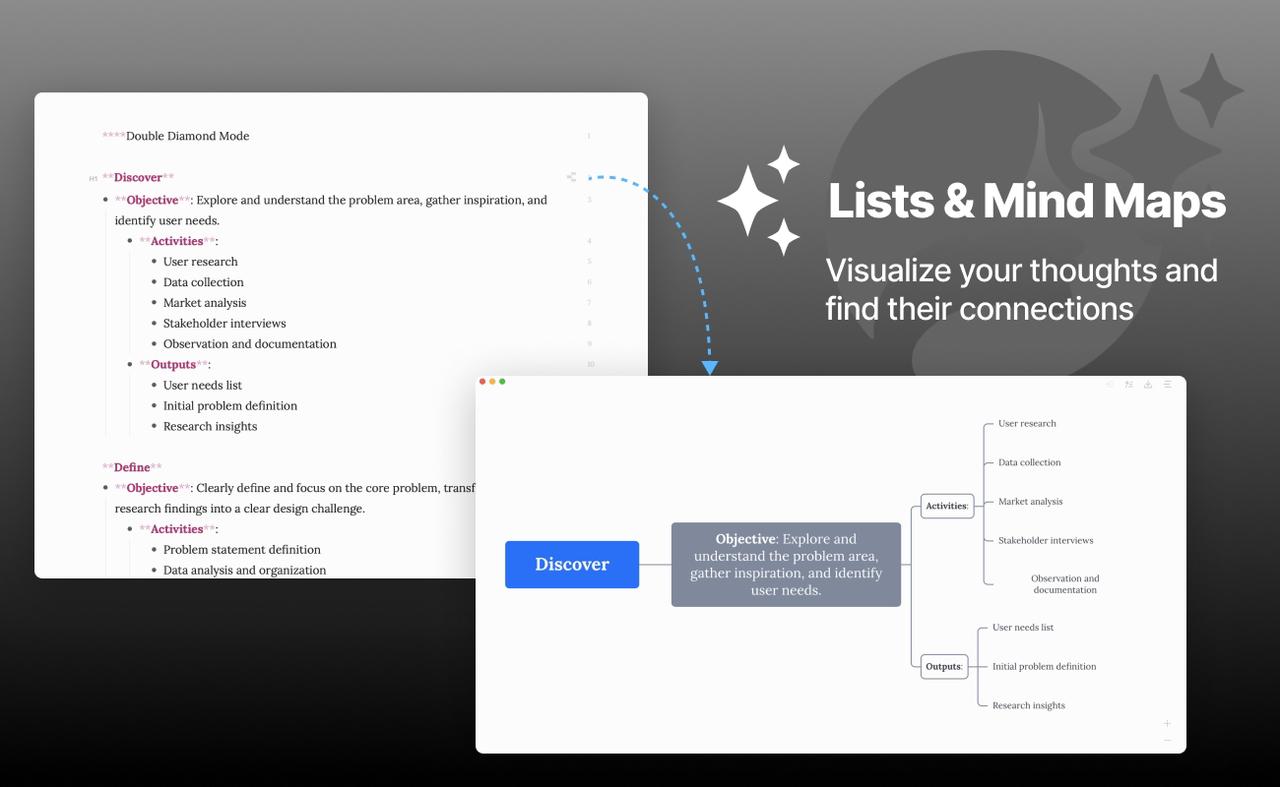
This article dives into different ways to take notes and keep them organized. These tricks can help you learn better, remember more, and work smoother. We’ll talk about old-school pen and paper methods, plus new tech tools. By the time you’re done reading, you’ll have picked up tips to make your note-taking better. This can help you do great in school or at work.
Main Points
- Good note taking helps you get, remember, and sort out info from class or work better.
- Writing by hand and digital note-taking each have their own perks for speed, memory, and visual learning.
- Using different note-taking styles, like Cornell, outlines, or charts, can make understanding and organizing easier.
- Looking over and fixing up notes after class or meetings really helps lock in what you learned and clear up fuzzy parts.
- Tweaking how you take notes to fit your learning style and the topic can make you faster and better at it.
Why Effective Note-Taking is Crucial
Taking good notes is super important for students, workers, and anyone trying to learn stuff. It helps you grab and sort info during classes or work talks. This makes learning work better and come in handy later.
Benefits During Class
When you take notes, you stay focused and interested in what’s being said. It makes you listen better and understand more. Research shows that writing down notes by hand is better than typing for remembering and getting into the material.
Benefits After Class
Taking good notes helps you study better and prep for tests. It makes remembering and getting what you learned easier. Apps like Effie let you jot down notes fast, boil down long stuff into short bits, and add more to main ideas. Plus, it keeps your notes tidy and easy to find on different devices.
Knowing how to take good notes really helps you do well in school and at work. When you listen closely, think about what you hear, and write down the key stuff, you can do better in class. It also helps you remember more and get ready for tests.
| Note-taking Method | Advantages | Disadvantages |
|---|---|---|
| List Method |
|
|
| Outline Method |
|
|
| Concept Map |
|
|
| Cornell Method |
|
|
Good notes help you stay focused and listen better in class. After class, they help you study and get ready for exams. Good note-taking habits can make you do better in school, save time, and understand things better.
Preparing for Effective Note-Taking
Learning to take notes well starts before class. It’s key to prepare by looking at course materials, checking old notes, and organizing your approach.
Start by previewing the assigned readings for the next class. This helps you know the main topics and ideas. It makes it easier to spot important points during the lecture. Also, reviewing your previous class notes helps link new info to what you’ve learned before. This boosts your understanding.
It’s super important to keep your notes neat. Effie has a cool mind map tool that helps sort your ideas. You can switch from a normal list to a mind map with just one click. This lets you see your thoughts laid out in a picture way.
- Using abbreviations like etc., e.g., and p. can make note-taking faster and more efficient.
- Discipline-specific abbreviations, like Au for gold or Greek letters, are also very helpful.
- Creating your own abbreviations, such as Gov for government or nec for necessary, can make your notes even more effective.
- Acronyms, like Laser or ABC, help you quickly take notes and remember important ideas better.
By previewing course material, reviewing previous notes, and organizing your notes well, you’ll get better at note-taking. This skill will help you in class and beyond.
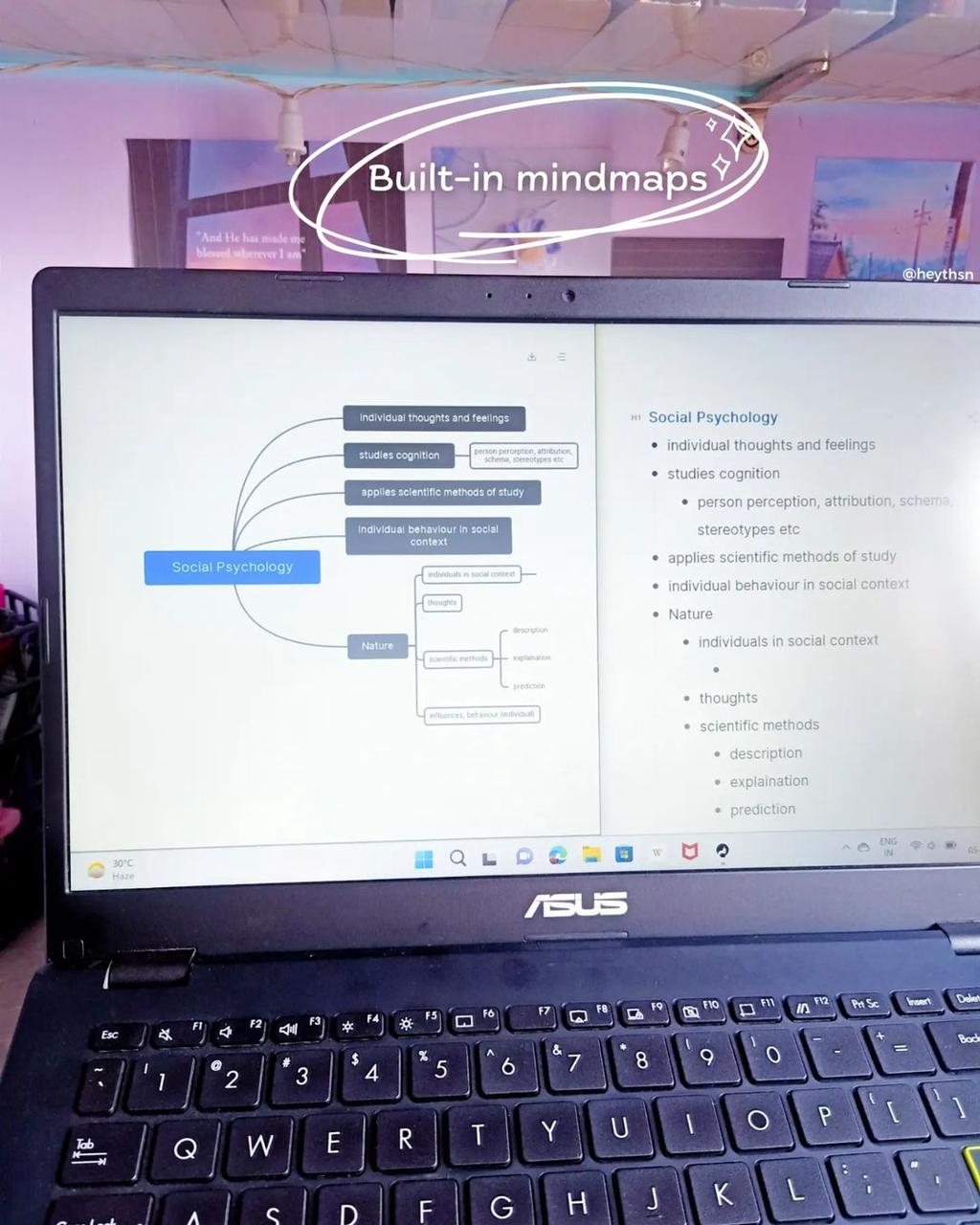
Strategies for Taking Notes During Class
Good notes in class help you focus and recall important things. Don’t write it all. Stick to big ideas and main points. Mix up how you take notes to keep them brief, clear, and simple to organize.
Using short forms makes writing quicker. It lets you catch the main stuff without missing key bits. Try using dots, numbers, and simple pictures in your notes. This helps when you look back at them later.
Listen carefully to the instructor’s cues, like when they repeat something or move to a new topic. These cues can guide you to the most critical points to note. By focusing on these key points, you can create detailed yet concise notes. These notes will help you learn more during and after the class.
| Note-Taking Technique | Description |
|---|---|
| Abbreviations and Symbols | Use shorthand, acronyms, and standardized symbols to streamline your note-taking. |
| Bullet Points and Lists | Organize information into clear, easy-to-follow bullet points and numbered lists. |
| Charting and Diagrams | Utilize visual aids like charts, tables, and mind maps to capture relationships and structures. |
| Cue Identification | Pay attention to verbal cues from the instructor, such as repetition or emphasis, to identify key points. |
By learning these note-taking techniques, you can become a better active listener. You’ll also make more concise notes and improve your learning in class.
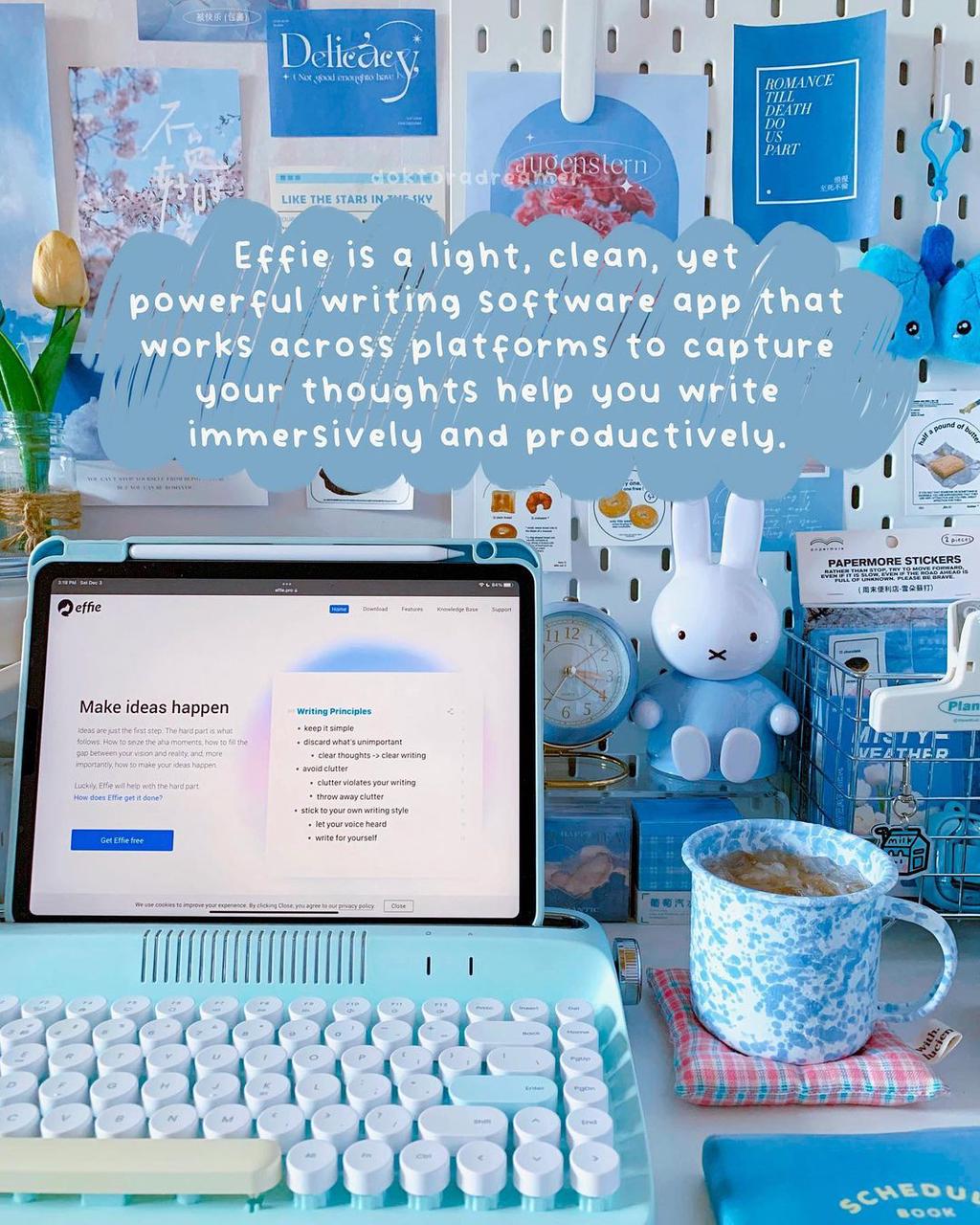
Identifying Important Points
Finding the key points in a lecture can be tough, but there are ways to get better at it. Listen for opening or closing comments that sum up the main ideas. These often point out important stuff. Also, watch for words like “the key point is” or “in summary,” which mean the teacher is focusing on something big.
Don’t ignore the instructor’s body language and tone. A shift in how they speak or move can mean a key point is coming. After class, go over your notes and highlight the main points. This helps you remember and use what you learned better.
- Identify introductory and concluding remarks that summarize main ideas.
- Watch for signal words and phrases that indicate important information.
- Watch how the teacher talks and moves. Notice when their voice changes or they use hand signs. Look over your notes after class and write a quick summary. This helps you remember better.
- Review and summarize your notes after class to solidify your understanding.
Effie makes this even easier. You can turn your notes into a picture map right away. This helps you see how ideas fit together. If you like typing notes, Effie has a simple, clean look that keeps you on track.
| Note-Taking Technique | Description | Benefit |
|---|---|---|
| The List Method | Focuses on capturing as much information as possible | May not help in processing information effectively |
| The Outline Method | Organizes key ideas to the left of the page and details subordinate ideas further | Allows for prioritizing material |
| The Cornell Method | Uses a two-column approach with a cue/recall column and a note-taking column, along with a summary box at the bottom | Facilitates active engagement and review of the material |
“Good note-taking isn’t just writing stuff down. It’s about sorting your notes so you can find them easy later. Try different ways like Cornell, idea maps, or lists to see what you like best.”
note taking and organization
Effective note-taking is more than just writing down information. It’s about organizing your notes so you can easily find them later. Try out different methods like the Cornell method, mind mapping, or outlines to see what works best for you.
Digital tools can make organizing your notes easier. They offer features like search, multimedia, and cloud storage. Apps like GoodNotes and Effie are great for students and professionals because they help keep your notes organized.
- Digital tools often have templates and duplication features to save time and keep your notes consistent.
- Productivity apps that can read writing and typing make it easier to search your notes.
- Using folders, subfolders, notebooks, and tags can help you keep your notes organized and easy to find.
Whether you enjoy pen and paper or typing on a device, what matters most is using a method that fits you. Making short summaries of your notes helps you grasp them better. Adding a list of what’s inside can make your notes easier to find your way through.
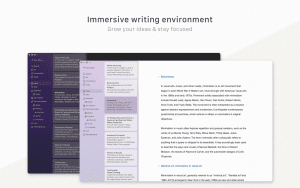
For those who learn better visually, sketchnoting or mind mapping can be very helpful. The Cornell method, which splits the page into two columns, is also good for remembering important points.
The main goal is to find a note-taking and organization system that suits your learning style. This will help you stay organized, efficient, and productive in your studies or work.
Conclusion
Getting good at taking notes helps in class, at work, and in everyday life. Using smart note tricks can make you work better, get more, and hit your targets. Try different ways to find what suits you best. Apps like Effie can boost your note-taking and sorting skills, keeping you on task and sharp wherever you go.
Pick from Q/E/C, Cornell, or mix them up. The aim is to find a way that helps you handle info well. Better notes can help you do your best and reach your big goals.
Good note-taking is key in all areas of life, not just school. It boosts your learning and gets you ready for success in your career. Start using effective note-taking and watch how it changes your life and career for the better.
FAQ
What are the benefits of effective note-taking during class?
Good note-taking helps you stay focused and listen better. It makes it easier to understand the material. Plus, it’s great for studying and getting ready for exams.
How can I prepare for effective note-taking before class?
Start by looking over your assigned readings and class notes. Get to know the course syllabus and what’s coming up. Organizing your notes by date or topic helps keep everything straight.
What strategies can I use to take clear, concise notes during class?
Aim to capture the main ideas, not every single word. Use shortcuts, bullet points, and pictures to make your notes clear. Pay attention to what the teacher says to know what’s most important.
How can I identify the most crucial points in a lecture?
Listen for opening or closing comments that sum up the main points. Watch for words or phrases that show something important is coming. Also, pay attention to the teacher’s body language. After class, go over your notes and highlight the key points.
What are some effective note-taking formats and organization strategies?
Try out different methods like the Cornell system, mind maps, or outlines to see what works for you. Digital tools can also help by making it easy to search, add multimedia, and store your notes online.
Source Links
- Effective Note-Taking in Class – Learning Center – https://learningcenter.unc.edu/tips-and-tools/effective-note-taking-in-class/
- Mastering the Art of Effective Note-Taking – https://studentlearningcenter.appstate.edu/resources/note-taking
- 3 Effective Note-Taking Methods | Connections Academy® – https://www.connectionsacademy.com/support/resources/article/3-tips-effective-note-taking-methods/
- Effective Note-Taking | University of St. Augustine for Health Sciences Library – https://library.usa.edu/effective-note-taking
- The Importance of Notetaking — University Librarian – https://www.universitylibrarian.com/blog/the-importance-of-notetaking
- Note-Taking 101 | Academic Success Center – https://success.oregonstate.edu/learning-corner/studying/note-taking
- Techniques and Tips for Listening and Note Taking – https://www.student.unsw.edu.au/notetaking-tips
- Note-Taking & Organization – https://www.smu.edu/-/media/site/provost/saes/academic-support/sasp/studyskillsresources/fall-2022/f22-notetaking–organization.pdf
- The Q/E/C Method of Notetaking — University Librarian – https://www.universitylibrarian.com/blog/the-qec-method-of-notetaking
- Note-Taking Tips & Strategies – Educate. Radiate. Elevate. – https://educateradiateelevate.org/note-taking-tips-strategies/

